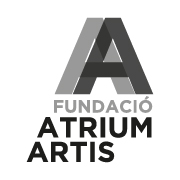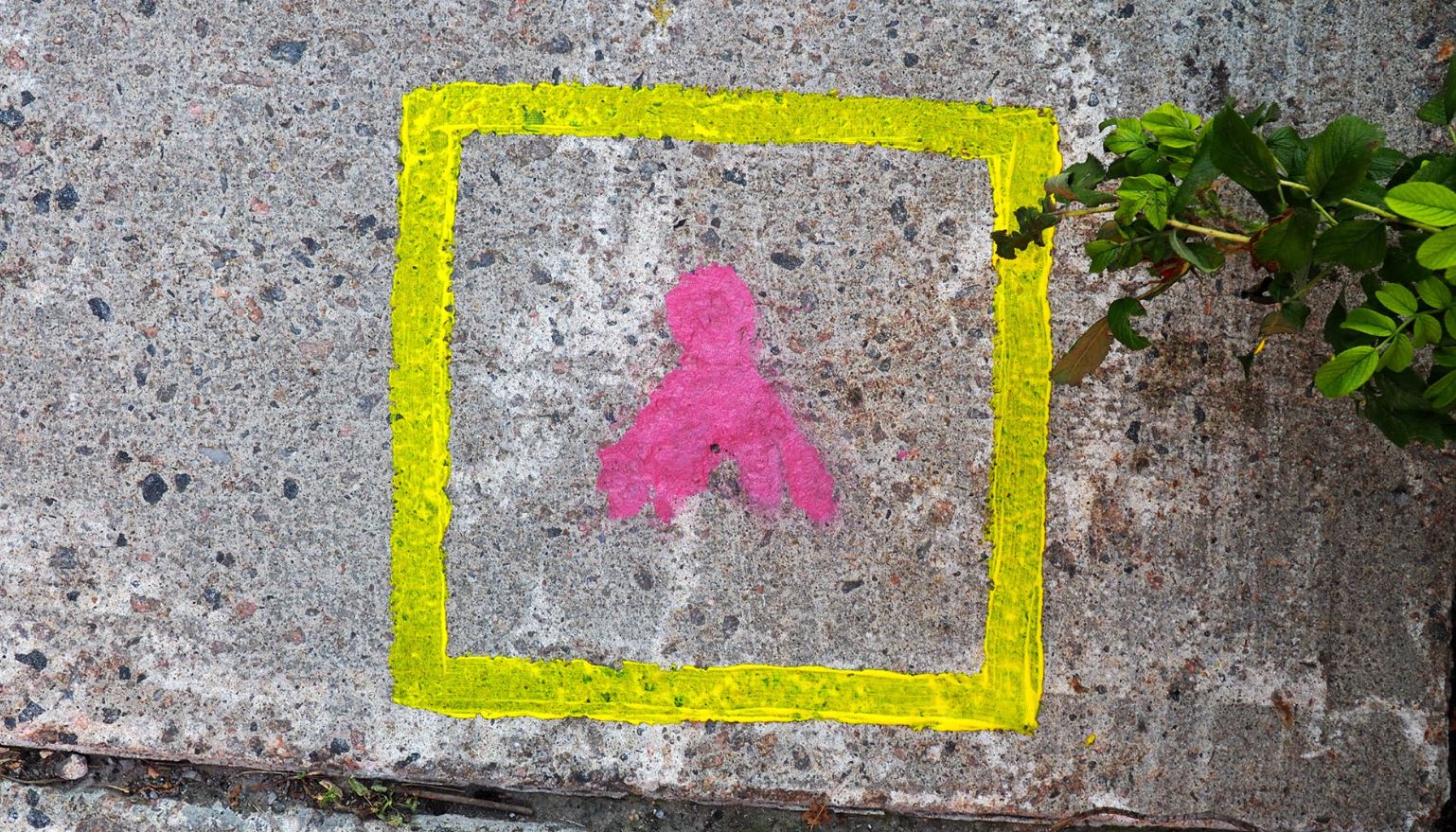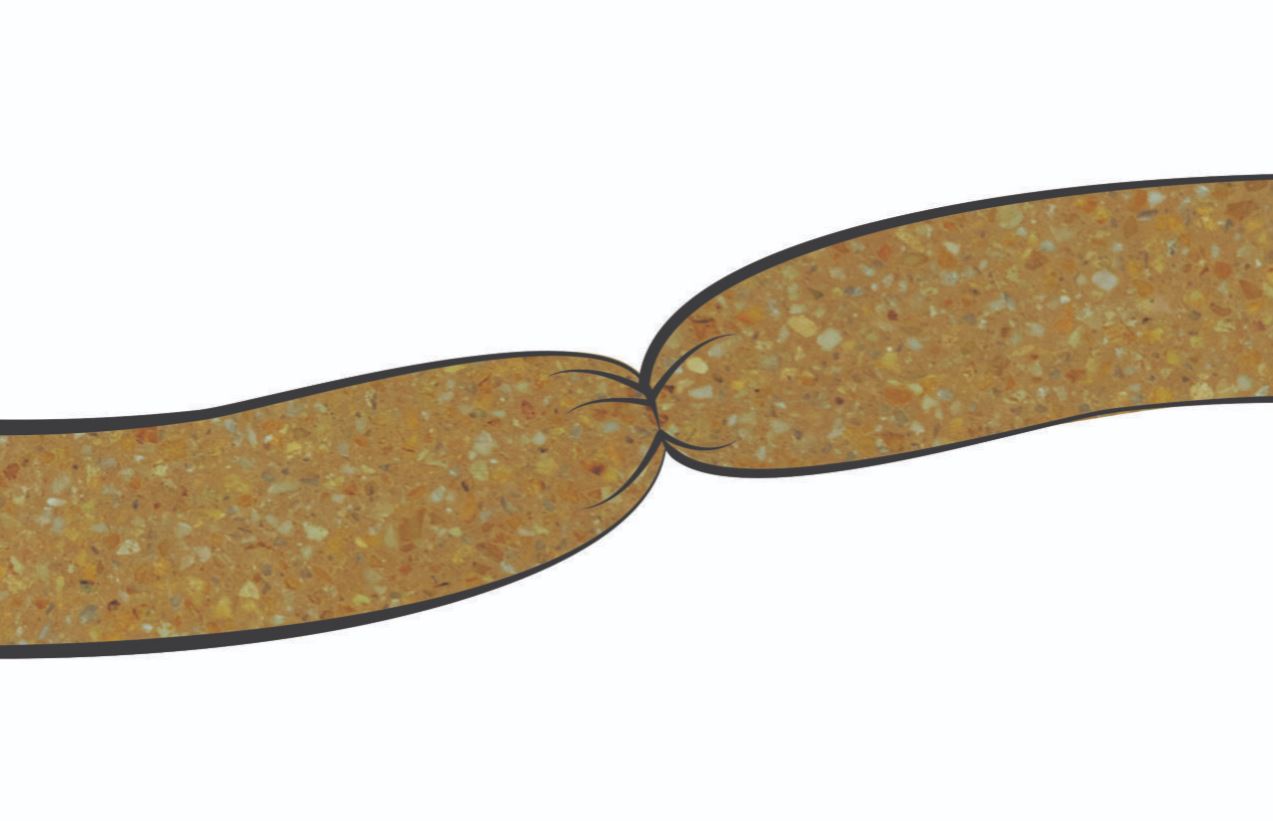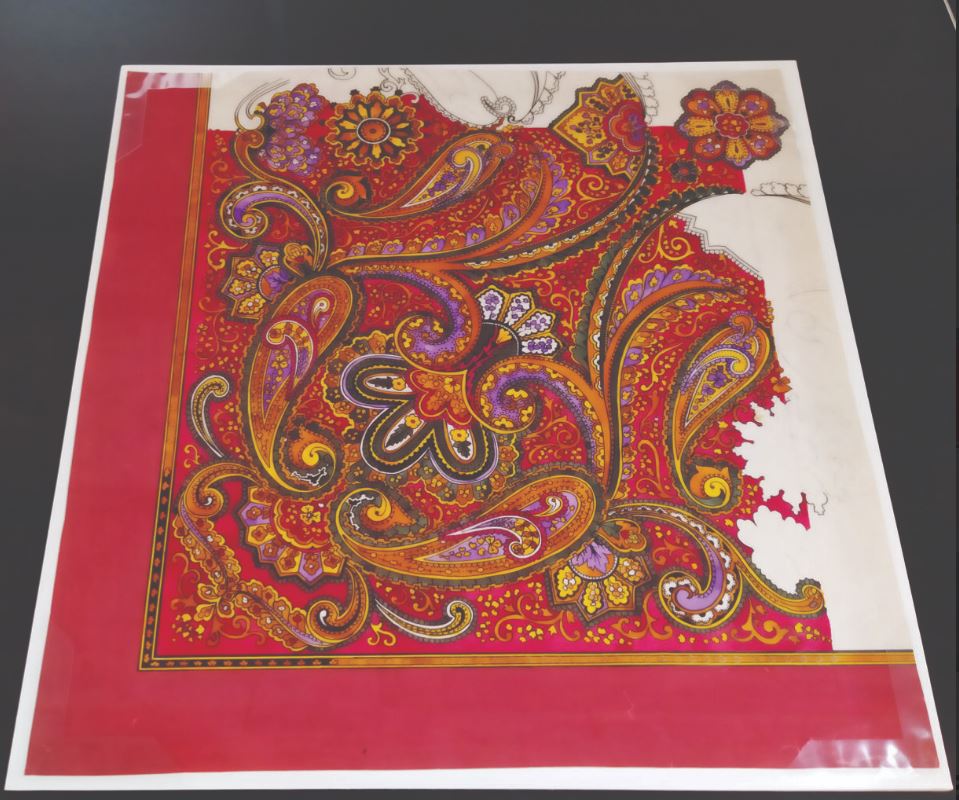Opinion
The archaeology museums
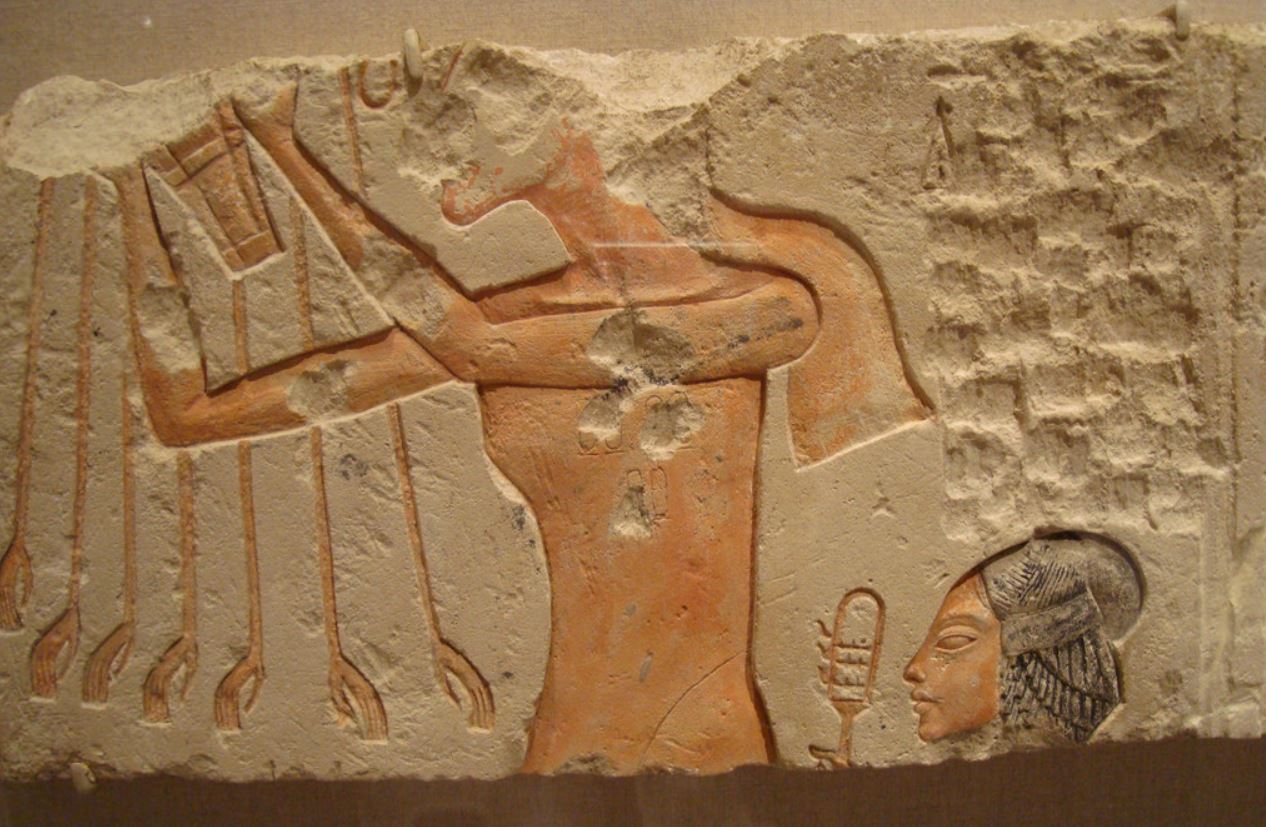
The social responsibility of archaeology and history museums is enormous. For years, these entities, through the great multitude of activities they organize, have become spaces for socialization and learning for society. And we are not talking about their relationship with schools, where they work with tailor-made projects. Archaeological museums mostly tell us about societies that have disappeared, that no longer exist. But, on the other hand, these societies are a rich field of study and a reference model for understanding the present, for recognizing processes that have already been experienced and that are repeated.
Committed museums seek to generate new content, show and explain through objects from the past ideas, concepts, phenomena, current topics, creating new discourses and different perspectives from the same collection. I squeeze the object from the 360 perspective. If it were not done under this concept, we would no longer be relevant, we would no longer be necessary. Archaeology is the social science closest to the natural sciences, and in its objective of studying societies from their objects, without limiting itself to any chronological period, it becomes a fundamental critical review tool to look at and understand the world without filters.
In an increasingly digital world, we may find that the real object ceases to be shown, that it is replaced by an image, that it moves away from reality, from the present, from the present; that would be unacceptable! The story of history can only be explained from archaeological contrast, from the evidence provided by science and often becomes a critical review of official, written history. It is for this reason that today more than ever the museum object has an extraordinary importance. Knowledge of the history of ancient Egypt is a good example. For years, the history of Egypt has been explained under the bias of written documentation, and often the archaeologists who worked there directed archaeological practice with the aim of confirming official history, written history, that fruit of the translation of texts written by the ancient Egyptians.
Museums must review their collections, especially those large early collections that at the end of the 18th century and the beginning of the 19th century the great powers made with objects brought from all over the world by scientific expeditionaries or career military men. We have inherited collections biased by a view that is no longer current, where all female contributions were left aside or the history of simple or dominated peoples was ignored, as if it did not exist. With the entry through the wide door of artificial intelligence and the enormous amount of false or inaccurate data that exists and can nourish the new digital tool, it is urgent to practice an archaeological view that contrasts the information. Museums, as cultural agents, have a role of paramount importance. More than ever, museums become “notarial acts” that prove the existence of different social phenomena throughout history.




